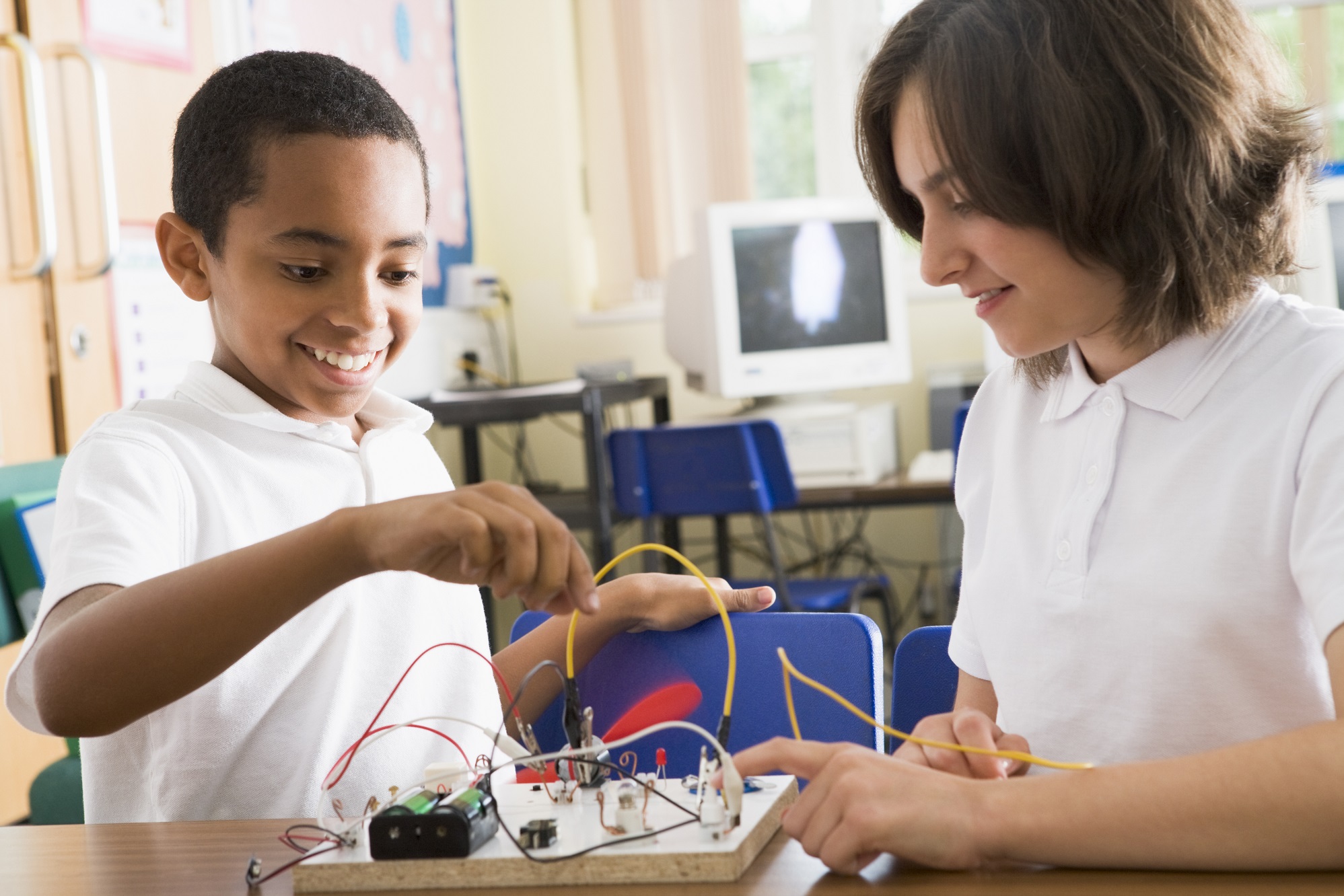Fasten your seat belt, this article is a trip into the (sometimes) dull but essential world of finance. My pledge to you is to make these explorations useful and informative, and to lead you to fund raising and grant writing success for your after school programs. Then after you get your grant, you can head here to find out how to continue getting funding.
After school program grants come with their own set of challenges, not the least of which is finding a funding source. For today, we’ll assume you’ve found a source (there will be more about this later, I promise).
After school programs have gone through changes in recent years. You’re used to images of students sitting at desks with worksheets designed to put anyone to sleep, and teachers at the front of the room snoozing behind newspapers. Now (thankfully) we see active, alive, purposeful, carefully designed project based learning programs. Halleluiah! Kids have always deserved the best we can provide, especially after school.
This doesn’t mean game-time though, although there can be games woven through the curriculum. I was inspired by the blog on the Maker Faire by Ann Kollegger and Betsy Taylor, and the role of 3D printing in the process of making new products. The 3-D printing concept is going to revolutionize many industries, and I suspect we’ll start seeing 3-D printers in schools to help students work through design ideas from flat paper CAD designs to gizmos that work.
It’s key to your grant writing success that when you’re working on your application, you still tie your project to standards and improvements in academic achievement. Grantors will not pay for fun and games, unless the goal of the frivolity is to help your bottom line, the improvement of the academic achievement of the students in your care. As you start putting your ideas together, be sure there is an academic goal in mind. That goal needs to be front and center in your project description.
When I think back on my own school career, my most vivid memories are of field trips and hands-on projects that produced something tangible to take home. I could always translate what I learned to the work I was doing every day in school. Likewise, new STEM projects will highlight skills in science, technology, engineering and math in a way that is fun and engaging. Grantors will respond to these ideas if they address areas of the curriculum that your school needs to fine-tune. You’ve looked at your assessment data, you know what those areas are, and it’s time to carry the learning on after school in a new and creative way.

Another challenge for your budget is your supply line. Many after school projects need expensive equipment and supplies like art materials. Grantors generally look at these budgets very carefully; they don’t want to be paying for things your district should be supplying on a regular basis like paper and markers. It is sometimes helpful to create a spreadsheet in your application that shows the items you are requesting in the grant, and a column for items your school will supply. It makes the grant requests more of a match than just filling the supply closets. In grant-speak, this is called “supplanting” and in the case of federal and state grants, it’s illegal. Grant funds are supplemental to your regular operating budget; they don’t take the place of your district funds (supplanting).
Make additional comparison charts for funding for other things, too. If your after school project includes salaries for teachers, it’s good to show the salaries and benefits provided by the school, and the extra paid hours you are requesting in the grant application. When this is presented at-a-glance, the grantor is reassured that all is transparent and there for their scrutiny.
You might think about tying your after school program with your professional development plans for teachers. If teachers are being asked to stay beyond the school day to attend seminars on STEM instruction or project based learning, for instance, it might be a natural step to have an after school project running parallel to the PD. This allows teachers to practice their newfound STEM and project planning and instruction skills. Make this parallel plan very transparent in your narrative; it almost assures funding success.
Your appeals to foundations and corporations are actually easier for after school programs than for federal and state grants; they align with corporate goals most closely. The company can see the attention being devoted to their agenda easily when it’s encapsulated in an after school program. And yes, they have an agenda, be sure you know what it is.
Some resources for your consideration:
Developing an After School Program
Resource Guide for Developing After School Programs
American Savings – Foundation Grant
Let me know how you’re doing with your after school projects, we’d love to feature them in our site.
About the Author:  Neva Fenno, M.S.Ed., MLIS, has been a special education teacher, school library media specialist, curriculum specialist and grants manager for several urban school districts in New York and Massachusetts for 30 years. As grants manager for 7 years, she managed up to $28,000,000 a year in federal, state, foundation and corporate grants from application through fiscal administration. She has hundreds of stories to tell, not all successes, but from each story there is a lesson to be learned.
Neva Fenno, M.S.Ed., MLIS, has been a special education teacher, school library media specialist, curriculum specialist and grants manager for several urban school districts in New York and Massachusetts for 30 years. As grants manager for 7 years, she managed up to $28,000,000 a year in federal, state, foundation and corporate grants from application through fiscal administration. She has hundreds of stories to tell, not all successes, but from each story there is a lesson to be learned.










I have plans to start an afterschool program at a Title 1 school and need assistance. Please give me an reply via email @[email protected]
Looking for a grant writer please.
I am open a facility for after school program an need assistance. My number is 832-515-8164
Hello Ms. Fenno,
We are looking for a grant writer to write a proposal on our behalf to bid for a local school district contract. Would you be able to refer someone to us?
Hoping you can assist.
Best regards,
Claudia Villalba
ICES Education, LLC
http://www.iceseducation.org
[email protected]
Hi Claudia, we can recommend some grant writing assistance. We will reach out to the email provided. If you do not receive it, please email [email protected] Thank you!
Pingback: You Received Your First After School Grant, Now What?